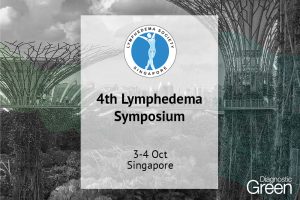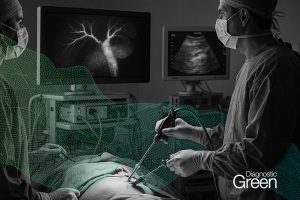Background: A real-time deep learning system was developed to identify the extrahepatic bile ducts during indocyanine green fluorescence-guided laparoscopic cholecystectomy.
Methods: Two expert surgeons annotated surgical videos from 113 patients and six class structures. YOLOv7, a real-time object detection model that enhances speed and accuracy in identifying and localizing objects within images, was trained for structures identification. To evaluate the model’s performance, single-frame and short video clip validations were used. The primary outcomes were average precision and mean average precision in single-frame validation. Secondary outcomes were accuracy and other metrics in short video clip validations. An intraoperative prototype was developed for the verification experiments.
Results: A total of 3993 images were extracted to train the YOLOv7 model. In single-frame validation, all classes’ mean average precision was 0.846, and average precision for the common bile duct and cystic duct was 0.864 and 0.698 respectively. The model was trained to detect six different classes of objects and exhibited the best overall performance, with an accuracy of 94.39% for the common bile duct and 84.97% for the cystic duct in video clip validation.
Conclusion: This model could potentially assist surgeons in identifying the critical landmarks during laparoscopic cholecystectomy, thereby minimizing the risk of bile duct injuries.




